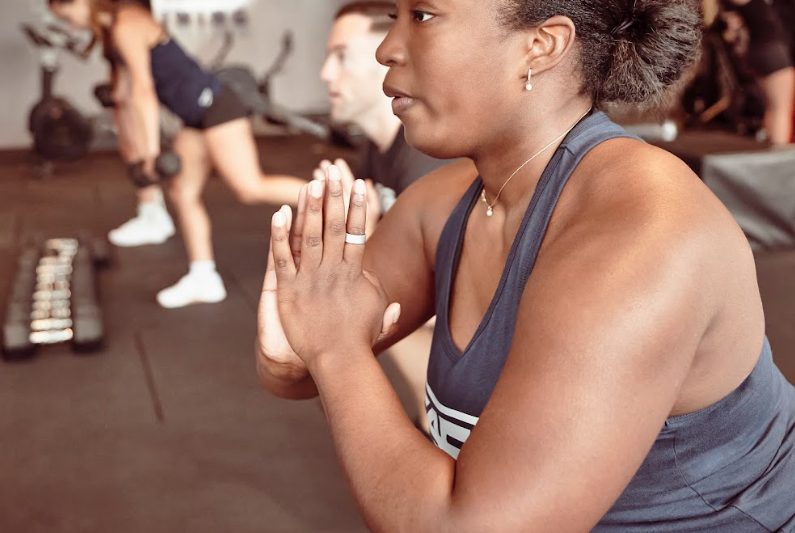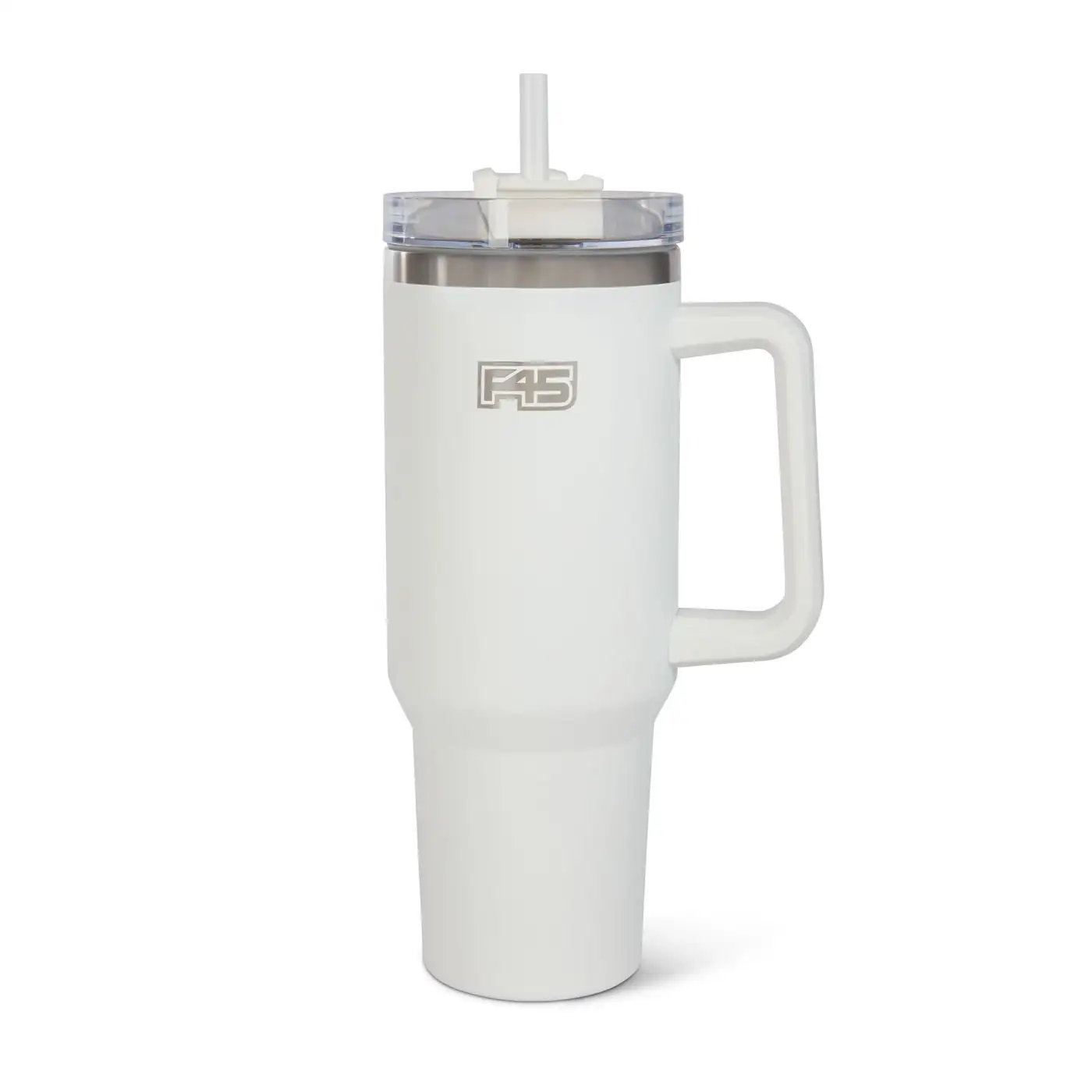For most people, carbohydrates will make up the largest percentage of their daily caloric intake. Although, we can change the amount of carbs we eat to encourage weight loss, physical performance or to lower the risk of some health conditions caused by processed foods. One popular carb-focused dietary approach is carb cycling, and if you’ve ever wondered “what is carb cycling” the nutrition team at F45 are here to explain how you can use it to optimise your fitness.
Carb cycling is a diet plan where one changes their carb intake to reflect their workout or weight goals. If you’re thinking of carb cycling for weight loss, we encourage you to do so under the guidance of a dietician, firstly for health reasons but also to help you maintain the diet. Below, we’ll be exploring carb cycling and why you should consider it to empower your fitness or weight loss journey.

What is carb cycling?
Carb cycling is a short or long-term diet plan where one varies the amount of carbs they eat. This can mean altering your carb intake by day, week or month. The most common reason people carb cycle is for weight loss.
Carb cycling meal plans were popularised by professional athletes who plan high carb periods for training, followed by low carb periods to achieve a certain weight or body fat percentage for competition. Weight classes are common in a variety of sports such as weightlifting, rowing or boxing. What works for pro athletes can also work for the community at F45, and if you want to kickstart your exercise in a supportive environment, find your nearest F45 studio.
How does carb cycling work?
The goal of carb cycling is to eat a diet that maintains physical performance and consistent weight loss. Below, we’ll explore how carb and other macronutrients in a carb cycling meal plan can change to reflect a workout routine.
Trainings periods: Carbs are the only macronutrient that can be broken down quick enough to deliver energy for high-intensity workouts1. When carb cycling, training periods usually contain a high-carb intake. This is so you can perform to the best of your ability, helping you build muscle mass and improve cardio endurance.
Recovery periods: During recovery periods, your carb intake may change depending on your current weight goals.
- A moderate carb intake will replenish energy stores while maintaining your current weight.
- A low-carb intake will restore energy less efficiently but encourage more weight loss.
Fat and protein consumption during recovery will be similar to training periods. This is because protein facilitates muscle recovery2.
How to integrate carb cycling into your plan
We’ve gone in-depth on the reasoning behind carb cycling, now let’s outline what an actual week could look like. It’s important to note that this is just one example, the important part is to understand the fundamentals behind a carb cycling meal plan so you can apply it to your own workout routine.
Sunday and Monday (High carb intake):
High-intensity training days. Here carbs should make up approximately 45-50% of your total caloric intake, or about 175 to 180 grams of carbs per day.
Tuesday to Wednesday (Moderate carb intake):
Here we’re performing a light training workout or recovery session. This means carbs should make up approximately 25-40% of your total caloric intake, or about 140 to 170 grams of carbs per day.
Thursday to Saturday: (Low carb intake):
Rest days, where we may be doing no physical activity or something very light such as a walk. The final three days of the week are low-carb days. This means approximately 20-25% of total daily caloric intake, or about 115 to 130 grams of carbs per day.
Rest periods: On rest days is where you’d usually carb cycle for weight loss. Your energy usage is low, so you can replace carbs with another macronutrient. The usual option here is to eat more fat, as this encourages the body to use the fat for fuel rather than carbs, promoting weight loss3.
High carb day
Breakfast: Oatmeal with milk, mixed with preferred fruit (50g).
Snack: Cottage cheese with a few crackers and an apple (25g)
Lunch: Whole wheat wrap with chicken, cheese, tomato and romaine (48g).
Snack: Plain Greek yoghurt with mixed berries and granola (30g).
Dinner: Baked cod and potato, with a side of steamed vegetables (54g).
Moderate carb day
Breakfast: Three egg omelette, with two slices of whole wheat toast and a banana (40g).
Snack: Apple (15g).
Lunch: Baked chicken with rice and broccoli (33g).
Snack: Banana (23g).
Dinner: Pesto pasta (30g).
Low carb day
Breakfast: Bacon and eggs with avocado (15g).
Snack: Celery with peanut butter (4g).
Lunch: Baked fish with a tomato, red pepper and red onion salad (21g).
Dinner: Chicken with spinach and rice (25g).
Remember, our carb cycling meal plan is only one way you could optimise your nutrition. There are a variety of ways to carb cycle, and we encourage you to see a dietician or physician before beginning any new diet. Next, learn how to stay motivated and achieve big with F45.
1 https://www.ncbi.nlm.nih.gov/pmc/articles/PMC3827729/
2 https://www.ncbi.nlm.nih.gov/pmc/articles/PMC6756792/
3 https://pubmed.ncbi.nlm.nih.gov/25275931/













